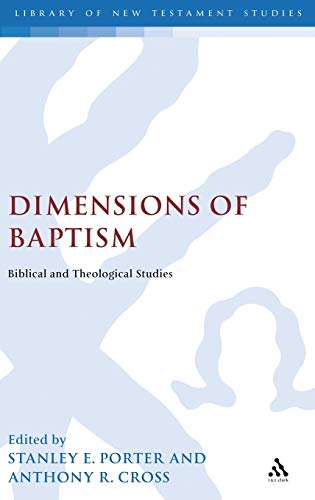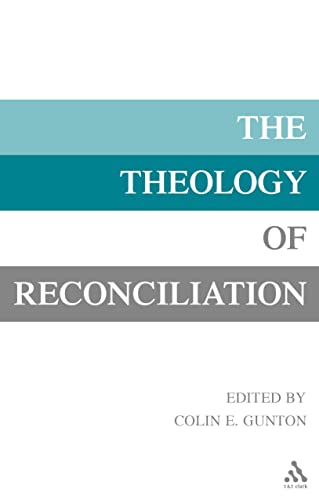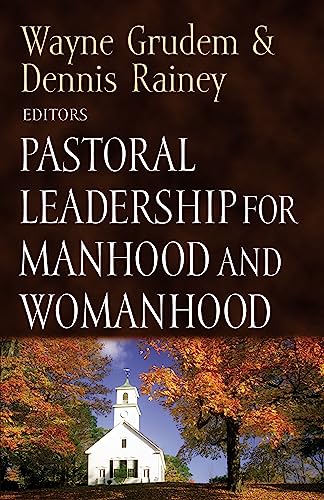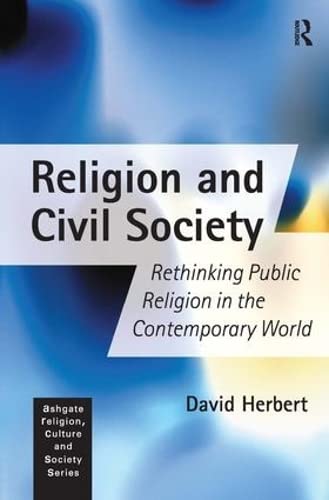4Q PESHER NAHUM: A CRITICAL EDITION JOURNAL FOR THE STUDY OF THE PSEUDEPIGRAPHA SUPPLEMENT SERIES 35, COPENHAGEN INTERNATIONAL SERIES 8
Written by Gregory L. Doudna Reviewed By Ted HerbertThe first three-quarters of the book presents a thorough and painstaking reconstruction of the text of the Nahum pesher (4QpNah), a commentary on Nahum found at Qumran. Doudna’s reconstruction uses approximately four times the space to publish the scroll than is customary for such scholarly works, but provides a correspondingly clear and full presentation of the issues and the reasons for his conclusions.
The remainder of the book identifies the context for the scroll and, arising from this, proposes radically new understandings of the Dead Sea scrolls, their context, and the politics of the first century ce. He argues that 4QpNah was composed in 63 BCE on the eve of Pompey’s capture of Jerusalem, with all Teacher of Righteousness texts being written between 65–63 BCE. He identifies the Teacher of Righteousness as Hyrcanus II, the ‘Lion of Wrath’ in 4QpNah as Pompey rather than Alexander Jannaeus, and ‘Manasseh’ in 4QpNah (and the Wicked Priest, the Last Priest and the Spouter of Lies of other peshers and the Damascus Document) as Aristobulus II rather than a sobriquet for the Sadducees. He further argues that the Qumran library was the library of Hyrcanus II in Jerusalem, all written before 40 BCE, and hidden at Qumran in 40 BCE, when Jerusalem faced being overrun by the Parthians, but subsequently never retrieved.
Ted Herbert
International Christian College, Glasgow







